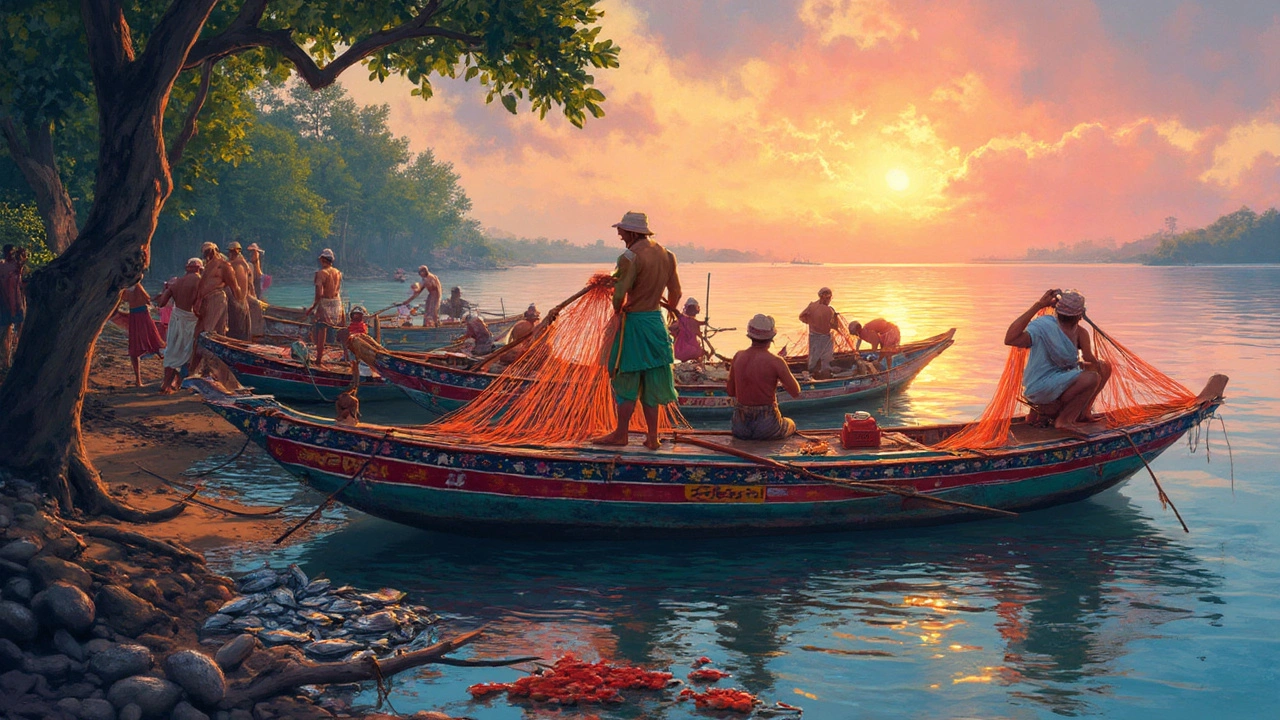Sustainable Fishing: How India Is Protecting Oceans While Feeding People
When we talk about sustainable fishing, the practice of harvesting fish in ways that don’t harm ocean ecosystems or deplete populations for future generations. Also known as responsible fishing, it’s not just about saving fish—it’s about keeping coastal communities alive, protecting marine biodiversity, and ensuring food security for millions. In India, where over 14 million people depend on fisheries for their livelihood, sustainable fishing isn’t a luxury. It’s a necessity.
Overfishing is one of the biggest threats to ocean life, and it’s happening right off India’s 7,500-kilometer coastline. Too many nets, too many boats, and too little regulation have pushed species like pomfret, sardines, and shrimp to the edge. But change is coming. Communities in Kerala, Gujarat, and Odisha are turning to marine conservation, efforts to protect and restore ocean habitats and species through science-based rules and local leadership. These include seasonal fishing bans, protected zones where no fishing is allowed, and gear that lets juvenile fish escape. These aren’t just rules—they’re survival strategies.
What makes sustainable fishing work isn’t just technology or laws—it’s people. Fishers who once chased bigger catches are now learning to read ocean signals, track fish stocks, and work with scientists. In places like Sundarbans and Lakshadweep, women’s collectives are managing small-scale fisheries with precision, using traditional knowledge mixed with modern data. Meanwhile, fisheries management, the system of rules, monitoring, and enforcement that guides how fish are caught, sold, and protected is slowly shifting from top-down control to community-led oversight. This shift is making a difference: fish populations are bouncing back in some areas, and incomes are becoming more stable.
And it’s not just about the sea. Sustainable fishing connects to clean energy, public health, and even climate change. When mangroves are protected, they store carbon and shield coasts from storms. When fish are caught legally and sold fresh, fewer people rely on processed foods or unsafe alternatives. It’s all linked.
Below, you’ll find real stories and facts from across India—how scientists are tracking fish stocks, how policy changes are helping small fishers, and what happens when communities take charge of their own oceans. No theory. No fluff. Just what’s working.




